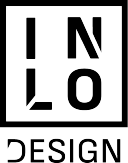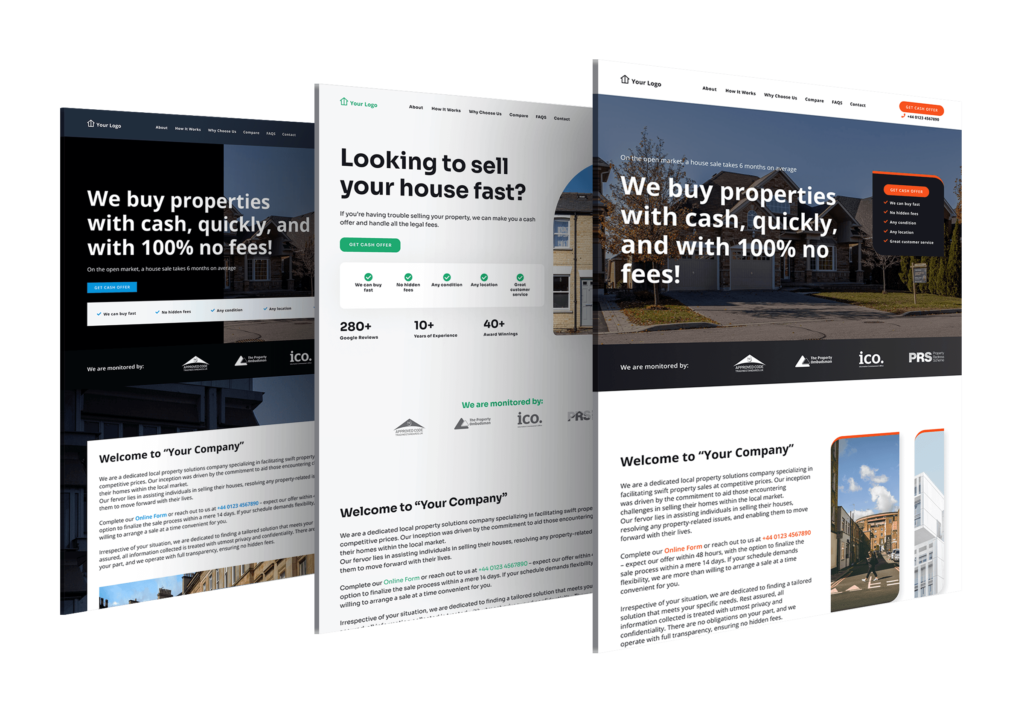Good design is more than colors and shapes. Behind every great website or app is a smart UX design process — full of tested tools and proven steps. These steps help teams understand users, fix problems, and build better experiences.
You don’t need to guess your way through user experience. There are clear user experience design methods and UX techniques that work again and again.
In this guide, we’ll break down 10 of the best UX design methods that real teams use to create simple, powerful, and people‑friendly products.
What Is UX Design, Really?
UX stands for user experience. It’s how someone feels when they use a product, website, or app. Is it easy? Fast? Confusing?
The user experience design process is how we shape those feelings. It’s not just design. It’s:
- Learning what people need
- Planning how they’ll move through your product
- Testing ideas
- Improving based on feedback
This process of UX helps businesses build products that people love to use — and keep coming back to.
Now let’s look at the 10 UX design methodologies that can make this happen.
The UX Design Process: Easy to Follow 10-Step Guide
1. User Research
You can’t design for people if you don’t know them.
User research is one of the first and most important UX design methods. This step is all about listening, watching, and learning.
Techniques include:
- Interviews
- Surveys
- Observations
- Analytics review
The goal? Understand user needs, goals, and problems before you even sketch a line.
This method is a core part of every successful user experience design methodology.
2. Personas
Once you’ve done research, you build personas — simple profiles of your typical users.
Each persona includes:
- Age and job
- Goals and frustrations
- What matters most to them
By using personas, the design UX process stays focused on real people, not guesses.
3. User Journey Mapping
A user journey shows how a person moves through your product or service, step by step.
This UX process helps teams see where users:
- Feel confused
- Hit roadblocks
- Feel happy or frustrated
Journey maps are powerful user experience techniques that show the emotional side of your product flow.
4. Wireframing
Wireframes are like blueprints. They show where buttons, text, and images go — without worrying about colors or fonts yet.
This is one of the most common UX design methods used early in the process.
Wireframing helps teams test ideas quickly and agree on layout before heavy design begins.
5. Prototyping
A prototype is a clickable version of your design. It’s not the final product, but it feels real enough to test.
The user experience process becomes smoother when teams can interact with prototypes, rather than just looking at pictures.
You can prototype with:
- Paper sketches
- Tools like Figma or Adobe XD
- Simple app demos
Testing prototypes early prevents costly mistakes later in the UXD process.
6. Usability Testing
You’ve built something. Now it’s time to see if it works.
Usability testing is a core part of every UX methodology. You give users tasks to complete, like “Find a product” or “Book a meeting.”
Then you watch.
Where do they get stuck? Do they hesitate? Do they smile or frown?
These tests give deep insight into what needs to change.
Usability testing is not just a check box — it’s one of the most powerful user experience design techniques.
7. A/B Testing
A/B testing means showing two versions of a page or feature to different users — then measuring which works better.
For example, does a red button get more clicks than a green one?
This method helps improve the UX design process using real data.
A/B testing is great for:
- Headlines
- Button colors
- Page layouts
- Form styles
It’s a scientific approach to process user experience.
8. Card Sorting
If you want to know how users think about your content, try card sorting.
In this test, users group pages or features into categories. It helps you understand how they expect information to be organized.
This is key to good navigation, menu structure, and site maps.
Card sorting is a great tool in the early stages of the user experience design process, especially for content‑heavy products.
9. Heatmaps and Session Recordings
Once your product is live, you can track how people use it with tools like Hotjar or Crazy Egg.
Heatmaps show where users click most. Session recordings show how users move around.
These insights help teams spot:
- Dead zones where nothing gets clicked
- Overlooked buttons
- Frustrating patterns
Adding this method to your UX methodology helps with ongoing updates and refinements.
10. UX Metrics and KPIs
How do you know if your design is actually working?
That’s where UX metrics come in. These are numbers that show how well the experience is performing.
Common UX metrics include:
- Task completion rate
- Time on task
- User satisfaction score (SUS)
- Error rate
- Conversion rate
Tracking these over time is part of a mature user experience design methodology — and it proves the value of good UX.
Bonus: Combining Methods in a Real UX Process
Now you’ve seen the top 10 user experience design techniques. But how do they fit together in a real project?
Let’s say you’re building a new mobile app. Your UX design process might look like this:
- User research to learn who your audience is
- Build personas based on real users
- Map the user journey to plan flows
- Sketch wireframes of key screens
- Create a prototype in Figma
- Run usability testing
- Launch a basic version
- Do A/B testing on key screens
- Watch heatmaps to learn how people use it
- Track UX metrics to guide future updates
That’s a real‑world UXD process in action — and it shows how these methods support each other.
Why the UX Process Matters in 2025?
In 2025, user expectations are higher than ever. They expect:
- Speed
- Simplicity
- Accessibility
- Personalization
- Delight
Companies that follow a strong UX design methodology are leading the way.
They aren’t guessing. They’re building based on real feedback, testing ideas early, and improving over time.
Whether you’re a startup or a big brand, using proven user experience techniques helps you create products that people enjoy — and return to.
How to Pick the Right UX Methods?
Not every method is needed for every project. But here’s how to choose:
- Early stage? Start with research, personas, and journey maps.
- Design stage? Use wireframes and prototypes.
- Testing stage? Use usability tests and A/B tests.
- Live product? Use heatmaps, recordings, and metrics.
The best teams don’t just pick one. They use the right tools at the right time — and make the UX design process part of everything they do.
Final Thoughts: Build Smarter, Not Harder
The best products don’t just look good. They feel easy. They solve problems. They make people feel smart.
That’s what great user experience design methods deliver.
By using a clear UX process, you avoid guesswork. You fix real problems. And most importantly — you design for people, not just pixels.
So whether you’re just learning what UX is or you’re improving your next product, start with the right methods. They work.



